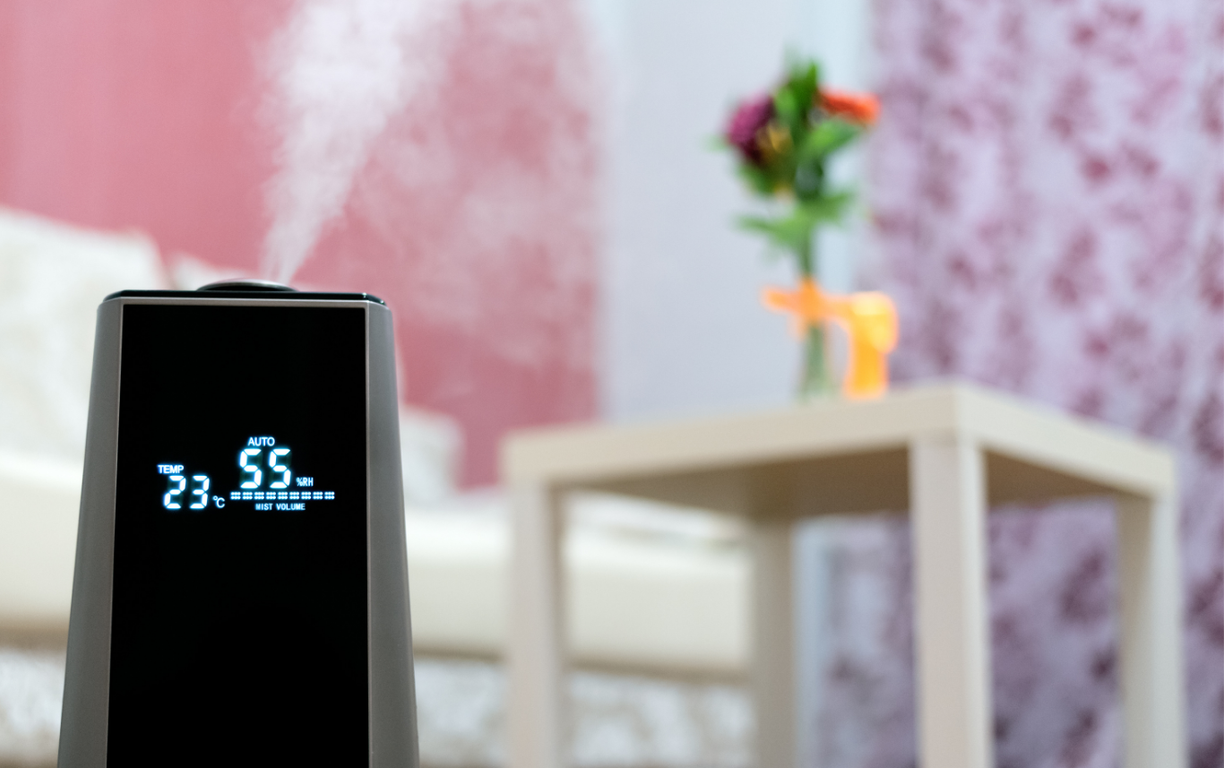Physical Address
304 North Cardinal St.
Dorchester Center, MA 02124
Physical Address
304 North Cardinal St.
Dorchester Center, MA 02124

I’ve often wondered about the effectiveness of humidifiers beyond their primary role in adding moisture to the air. With so many people looking for ways to dry clothes indoors, it’s tempting to think that a humidifier could help speed up the process. But does it really work?
In this article, I’ll dive into the relationship between humidifiers and drying clothes. I’ll explore how humidity levels im
I’ve often wondered about the effectiveness of humidifiers beyond their primary role in adding moisture to the air. With so many people looking for ways to dry clothes indoors, it’s tempting to think that a humidifier could help speed up the process. But does it really work?
In this article, I’ll dive into the relationship between humidifiers and drying clothes. I’ll explore how humidity levels impact drying times and whether using a humidifier can be a practical solution for those damp laundry days. Let’s uncover the truth behind this common question and see if a humidifier is a viable option for tackling wet garments.

Humidifiers are devices that add moisture to the air, increasing humidity levels in a space. They come in various types, including cool mist, warm mist, ultrasonic, and evaporative models, each serving distinct purposes.
Cool mist humidifiers release a fine spray of water vapor, which cools the air. Warm mist humidifiers boil water to produce steam, eliminating germs and bacteria. Ultrasonic humidifiers use high-frequency vibrations to create a cool mist with minimal noise. Evaporative humidifiers combine a fan and a wet wick to naturally humidify the air through evaporation.
Each type of humidifier varies in output, efficiency, and specific use cases. The capacity of a humidifier often determines how many square feet it can effectively humidify and how frequently it requires refilling.
Humidifiers are commonly employed in homes during dry seasons or environments to alleviate respiratory issues and dry skin. The overall goal of using a humidifier is to maintain optimal humidity levels, generally between 30% and 50%, enhancing comfort indoors.
Humidifiers add moisture to the air, making it easier to maintain optimal humidity levels in a room. I focus on understanding the mechanisms behind their operation and the various types available.
Humidity refers to the amount of water vapor in the air. Humidifiers work by utilizing different methods to release moisture. Common mechanisms include:
Understanding these mechanisms clarifies how humidifiers impact the indoor environment and potentially affect moisture levels in clothes.
Several types of humidifiers exist, each designed for specific applications:
Identifying the right type aids in selecting a humidifier that meets specific needs while optimizing indoor comfort.
Humidity significantly impacts the drying process of clothes. Higher humidity slows down evaporation, making it difficult for damp items to dry thoroughly indoors. Conversely, a lower humidity level encourages faster moisture removal from fabrics.
Humidity directly influences how quickly clothes dry. Increased humidity levels in the air reduce the ability of moisture in clothes to evaporate. For example, at 80% humidity, drying can take several hours longer compared to a drier environment at 40% humidity. Moreover, humid air can lead to mildew growth on damp fabrics, posing health risks. Monitoring indoor humidity levels and maintaining them between 30% and 50% optimizes drying times and prevents fabric damage.
Conventional drying methods include indoor drying racks, clotheslines, and dryers. The key difference between these methods and using a humidifier lies in humidity levels. Conventional methods often utilize forced air or heated surfaces to remove moisture, effectively lowering humidity. In contrast, a humidifier adds moisture to the air. For instance, while a dryer can operate at a lower humidity level and expedite drying, a humidifier can delay the process due to the added moisture. Therefore, it’s essential to consider the best approach for drying based on indoor conditions and humidity levels.
Many people believe that humidifiers can effectively dry clothes, yet this notion overlooks the mechanics of humidity and evaporation. Understanding these misconceptions clarifies the role humidifiers play in the drying process.
Humidifiers can’t replace traditional dryers due to their function of adding moisture to the air. While dryers expel humidity to enhance drying efficiency, humidifiers increase humidity levels, ultimately hindering evaporation. For instance, a dryer operates efficiently in a low-humidity environment, whereas a humidifier creates an atmosphere unsuitable for effective drying. Therefore, using a humidifier as a substitute for a dryer leads to extended drying times and damp fabrics.
Using humidifiers for clothes drying requires specific conditions for effectiveness. Ideally, humidity levels should stay between 30% and 50% to balance moisture and evaporation. In lower temperatures, the air can hold less moisture, making it less effective for drying clothes. Keeping windows closed to minimize outside air can help maintain controlled indoor humidity levels. In contrast, using a humidifier in already humid conditions only exacerbates issues like mildew growth on fabrics, making it counterproductive for drying purposes.
Using a humidifier to dry clothes isn’t the solution many hope for. While it adds moisture to the air which can help with comfort during dry seasons it actually slows down the drying process. Higher humidity levels hinder evaporation making it harder for damp clothes to dry thoroughly.
If I want to dry my laundry effectively I need to consider traditional methods that lower humidity instead. It’s essential to maintain a balanced indoor environment between 30% and 50% humidity for optimal comfort without risking mildew growth on fabrics. Understanding how humidifiers work and their limitations is key to making informed choices about indoor drying methods.